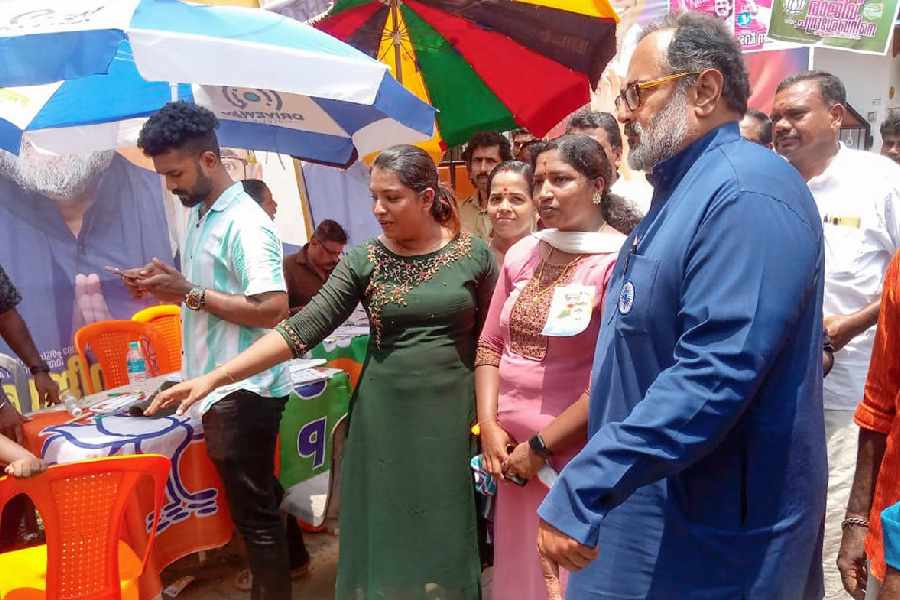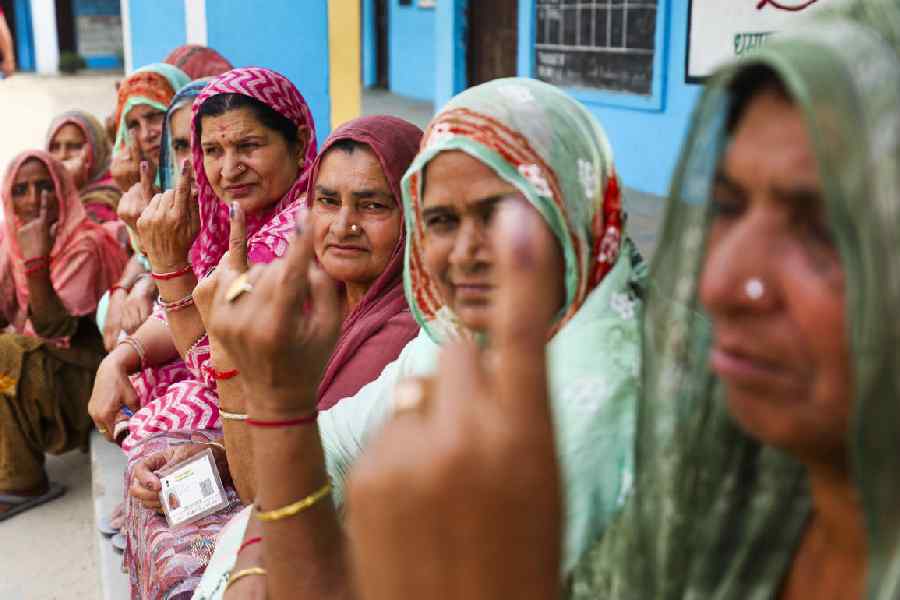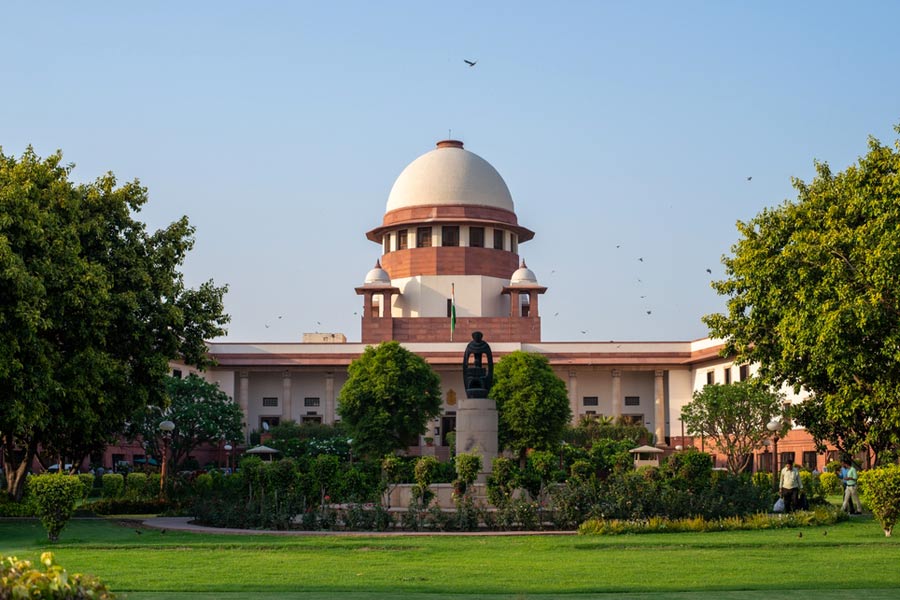 |
There is a fear abroad. It is the fear of authoritarianism. Driving that fear is the prospect of Narendra Modi as prime minister. Nobody, not even his claque of applauders, quite believes that he is patient with dissent or dissenters. Impatience, the alarmists argue, could lead to imprisonment. Fascist is the preferred epithet for Modi among his detractors and their numbers are as large as his admirers. This argument blurs the distinction between authoritarian or totalitarian rule and fascism. They are often synonymous but not always so.
One reason why it is important to underline the distinction between authoritarianism and fascism is the fact that India has experienced the former. The 18 months of the Emergency in 1975-76 was a period of authoritarian rule when all democratic rights were trampled upon and all power was concentrated in the hands of one individual or her cronies. Indira Gandhi masterminded the Emergency and paid a heavy political price when she was defeated in the elections in 1977. In the conventional analysis of Indira Gandhi’s years in power, the Emergency is seen as an aberration. She is all too often seen as a democrat who veered off the democratic path at the promptings of her younger son. When she realized her mistake, she promptly withdrew the Emergency.
This article seeks to challenge this very comfortable view of an important phase of India’s history. I want to argue that even if, for the sake of argument, the Emergency is kept aside for the moment, it is possible to show that Indira Gandhi had actually put in place all the elements of an illiberal regime. She had done this deliberately by undermining the democratic institutions and the checks and balances that had been embedded within the system. She had thus subverted the work done by her father and the founding fathers of the republic although the work of subversion was done with the name of Jawaharlal Nehru on her lips and often on the advice and enthusiastic support of people who saw themselves as avowed Nehruvians. These actions were all taken in the name of greater social justice for the people — a familiar trope of all modern authoritarian regimes of power.
One feature of this process was the manner in which she shifted the power of decision-making in critical areas from the cabinet and the cabinet secretary to the prime minister’s office and to her principal secretary and advisor, P.N. Haksar. It was the boast of the latter and his cronies that even as important an economic bureaucrat as I.G. Patel hardly got to see any of the important files pertaining to the economy. This centralization of power in the PMO undermined the cabinet system of government, one of the pillars of democratic government. The PMO was accountable to no one save Indira Gandhi and this led to a slew of important decisions that were driven by a particular kind of ideology rather than by democratic consensus. In a memo written to her, Haksar advised her to “project more assertively [her] own ideological image directly to the people over the heads of colleagues and party men”. The tilt was towards a personality cult, the rule of one powerful individual.
The two policy decisions that stand out from this phase of Indira Gandhi’s prime ministership are bank nationalization (1969) and the abolition of the privy purses (1970). It should be recalled that bank nationalization was initially struck down by the Supreme Court and was later passed by an ordinance introduced by the government. The abolition of the privy purses for the princes required a constitutional amendment. The motion was not carried in the Rajya Sabha (albeit by a single vote) and Indira Gandhi took recourse to a presidential order to derecognize the princes. The latter took the matter to the Supreme Court where a full bench ruled that the order was arbitrary and against the spirit of the Constitution. Indira Gandhi waited till she had an overwhelming majority in Parliament after the elections of 1971 and then amended the Constitution to take away all the privileges of the princes.
The experience with these two bills and the legal hurdles they had faced taught Indira Gandhi and her advisors a lesson. Haksar mooted the idea of a “committed” bureaucracy and judiciary. The word “committed” carried in this context a particular ideological load and resonance. Bureaucrats and judges were to be committed to the particular ideology that the government was trying to propagate. This was especially ominous for the judiciary since it sought to undermine its autonomy and independence. The first step that Indira Gandhi took in this direction was appointing as chief justice of the Supreme Court a judge of her choice. She broke with the practice of appointing the seniormost judge as chief justice and appointed A.N. Roy over three other members of the bench. Her law minister, H.R. Gokhale, speaking in Parliament, poured scorn over the judiciary. The court, he said, was trapped in a time warp of “the now archaic and long-past dead theories of Blackstone who regarded property as a natural right” and this made it an obstacle to the government’s project to transform “the entire socio-economic fabric of our country [through] greater and greater State intervention”. It did not elude notice at the time that Roy had voted with the government in the famous Kesavananda Bharati case which had restricted the powers of Parliament to alter the basic features of the Constitution. One of the first acts of Roy as chief justice was to arbitrarily appoint a 13-member bench to review the judgment on the Kesavananda Bharati case. The matter had to be dropped when it was discovered there was actually no review petition. The precedence for interfering with the judiciary had been set. The thrust was to make the judiciary and the bureaucracy act at the bidding of one person or her office, the PMO. The important ministries were all packed with her yes men.
Indira Gandhi replicated this process in the Congress party. The Congress always had powerful provincial leaders and the AICC was formed of elected representatives from the states; the chief ministers of the states were chosen by the elected legislators in the states. Indira Gandhi dismantled this structure. After 1969, she placed her chosen henchmen in key positions. If governance came to be centralized in the PMO, the party came to be controlled by her. The result of both was rampant cronyism and a disregard for democracy and its checks and balances. There was a deification of Indira Gandhi. The entire ambience went against the values of liberal democracy. Even if the Emergency had not been imposed these would have been dangerous portents.
What is significant is that in spite of the illiberal regime she had created, the democratic system retained its resilience. The Allahabad High Court judgment was proof of this and she interpreted it, predictably for a megalomaniac, as an attack on her personality cult. The Emergency followed. It was not an aberration but a part of a logical chain, a terrible chain. Justifying the Emergency to two visiting art historians, Mildred and William Archer, she said, “I have to keep India together. That is an absolute must.” The use of the first personal singular does not need any added emphasis. Her discomfort with the parliamentary system in India was ingrained. The year she became prime minister, she told a journalist, “Sometimes I feel that even the parliamentary system has become moribund.”
Many of the above themes have their echoes today: dissatisfaction with democracy and its institutions; the clamour for a strong and decisive leader; impatience with dissent; add to that a proneness to violence and the presence of a leader who rather enjoys his own self-importance. The ingredients of another bout of illiberalism are present. Those who value democracy should be prepared to combat these instead of reaching too quickly for the word fascism.










